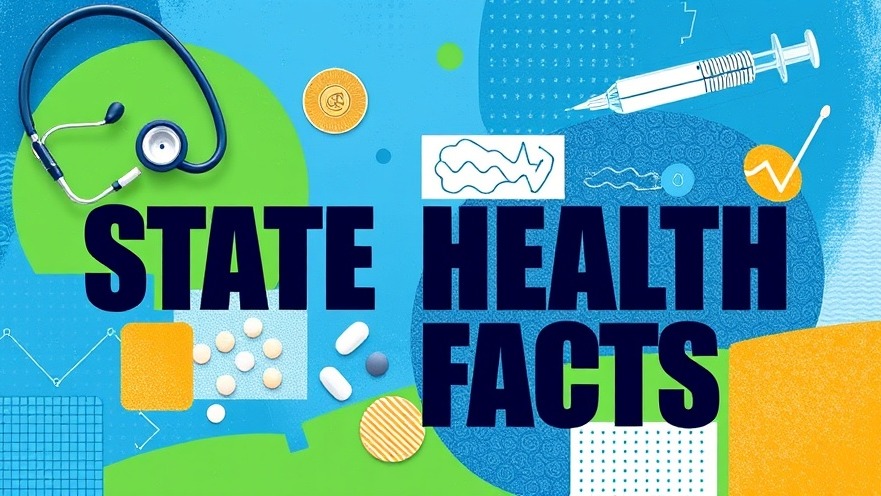
Understanding Alien Physiology: What Movies Get Wrong
In the fascinating realm of science fiction, the depiction of alien physiology is often a blend of artistic imagination and biological inaccuracy. The recent video, Doctor Reacts To Alien Movie Series, showcases a medical professional analyzing scenes from a popular alien movie series. What unfolds is not just entertainment but an enlightening journey into what our understanding of human anatomy tells us about the portrayals of extraterrestrial beings. When we start with such astonishing creatures, one must question—how realistic are these depictions of alien biology?
In 'Doctor Reacts To Alien Movie Series', the discussion dives into the fascinating realm of alien physiology, exploring key insights that sparked deeper analysis on our end.
Real Science vs. Hollywood Fantasy
The doctor in the video draws connections between the hellish scenarios depicted in these alien movies and real-life human anatomy. Take, for instance, the most gruesome moments where characters encounter alien entities protruding from their bodies. The doctor discusses how a blockage in the carotid arteries could lead to unconsciousness, raising reminders of the risks associated with airway obstructions. These frightening scenes highlight a critical fact: while aliens may be made-up, the biological functions and risks associated with bodily harm can be based on reality.
Sleep Pods and Therapeutic Hypothermia
Another fascinating aspect of alien physiology in films is the idea of cryogenic sleep. The doctor explains this concept, stating it is akin to therapeutic hypothermia used to mitigate brain damage after severe hypoxia. However, the cinematic take often blurs the lines between science and fiction, depicting hyper-sleep as a reversible process that can prolong life, which, while fanciful, raises questions about the science behind it.
Why We Love to Explore Alien Biology
Why do we find such intrigue in alien biology? It taps into a common impulse to explore the unknown. While we may never encounter extraterrestrial life, contemplating their physiology compels us to think about humanity and the broader universe. It creates a bridge between what we know and what lies beyond our reach, thus making these stories endless sources of fascination.
Taking Action Against Misinformation
As viewers engage with content that may stretch scientific accuracy, it becomes crucial to parse fact from fiction. Knowledge in health and biology empowers us against misleading narratives. We must cultivate a culture of curiosity and critical thinking, challenging sensationalized media and ensuring that scientific literacy remains in the foreground of our entertainment consumption.
 Add Row
Add Row  Add
Add 




Write A Comment